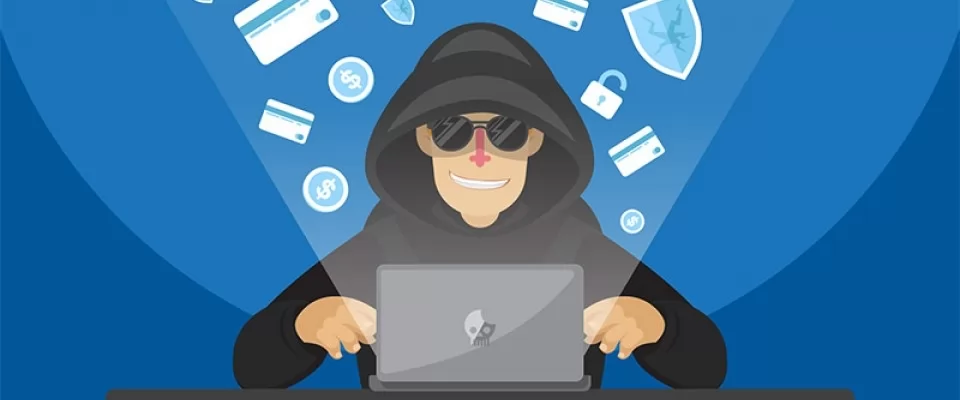Safeguarding Your Journey in the Digital Age
As technology continues to advance, navigation systems have become an integral part of our daily lives. From GPS-enabled smartphones to in-car navigation systems, we rely on these tools to guide us to our destinations efficiently. However, with the rise in cyber threats, it's important to understand the potential risks associated with navigation systems. In this article, we will explore how hackers can exploit vulnerabilities in navigation systems and provide practical tips to protect your digital security while navigating.
1. Fake Wi-Fi Networks:
Hackers often set up rogue Wi-Fi networks with names similar to legitimate public networks. When you connect to these networks while using navigation apps, hackers can intercept your data, including your location information. To mitigate this risk, always connect to secure and trusted Wi-Fi networks, preferably with password protection.
2. Malicious Apps:
Downloading navigation apps from unofficial sources can expose you to malware and malicious applications. These apps may contain hidden spyware or keyloggers, allowing hackers to gain unauthorized access to your device and track your movements. Stick to reputable app stores such as Google Play Store or Apple App Store, and read user reviews and ratings before downloading any navigation app.
3. GPS Spoofing:
GPS spoofing is a technique used by hackers to manipulate GPS signals and deceive navigation systems. By falsifying location data, they can misguide you or divert you to unsafe areas. To protect yourself, keep your navigation app updated with the latest security patches and use trusted apps from reputable developers.
4. Bluetooth Vulnerabilities:
Many navigation systems connect to smartphones or other devices via Bluetooth for hands-free calling or media streaming. However, Bluetooth connections can be vulnerable to hacking. Hackers can exploit security weaknesses in Bluetooth protocols to gain unauthorized access to your device and potentially compromise your personal information. Ensure that your Bluetooth settings are set to "non-discoverable" or "invisible" mode when not in use, and be cautious when pairing your devices with unfamiliar or public Bluetooth connections.
5. Phishing Attacks:
Hackers may send fraudulent navigation-related emails or text messages that appear to be from legitimate sources. These messages often contain malicious links or attachments, designed to trick you into providing sensitive information or installing malware. Be skeptical of unsolicited messages and avoid clicking on suspicious links or downloading attachments without verifying their authenticity.
6. Software and Firmware Updates:
Regularly updating your navigation system's software and firmware is crucial for maintaining security. Developers often release updates to address vulnerabilities and strengthen the system's defenses against emerging threats. Enable automatic updates whenever possible or periodically check for updates manually.
Conclusion:
While navigation systems have undoubtedly made our lives more convenient, they also come with potential security risks. By understanding the methods hackers employ and implementing proactive security measures, you can navigate safely and protect your digital privacy. Stay vigilant, choose reputable apps and networks, keep your devices up to date, and remain cautious of suspicious communications. By following these practices, you can enjoy the benefits of navigation technology while minimizing the chances of falling victim to cyberattacks.
Design vector created by freepik - www.freepik.com

